Lithium Mineral Composition
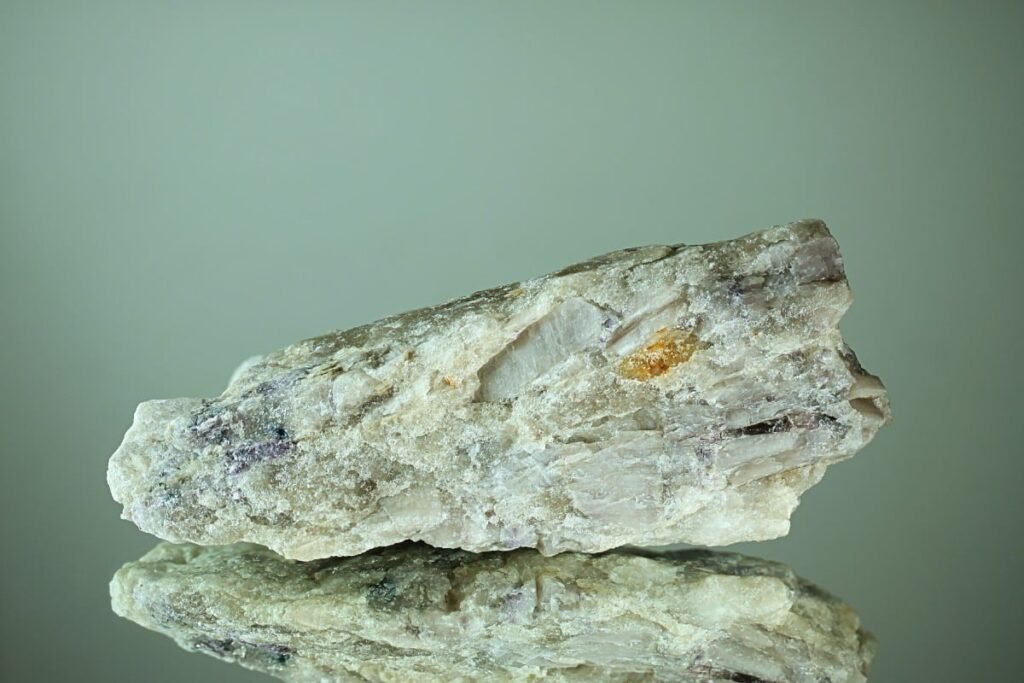
Lithium minerals are naturally occurring inorganic solids that contain lithium as a key component of their chemical composition. These minerals vary widely in structure and elemental makeup, but all play a crucial role in the global supply of lithium used in batteries, glass, ceramics, and pharmaceuticals.
Here’s a breakdown of the composition of major lithium minerals, their chemical formulas, and their geological significance.
1. Spodumene – LiAlSi₂O₆
Spodumene is one of the most economically important lithium minerals, especially in hard rock lithium mining.
- Chemical composition:
- Lithium (Li)
- Aluminum (Al)
- Silicon (Si)
- Oxygen (O)
- Crystal system: Monoclinic
- Hardness: 6.5–7 on the Mohs scale
- Use: Primary source of lithium for battery production and industrial applications
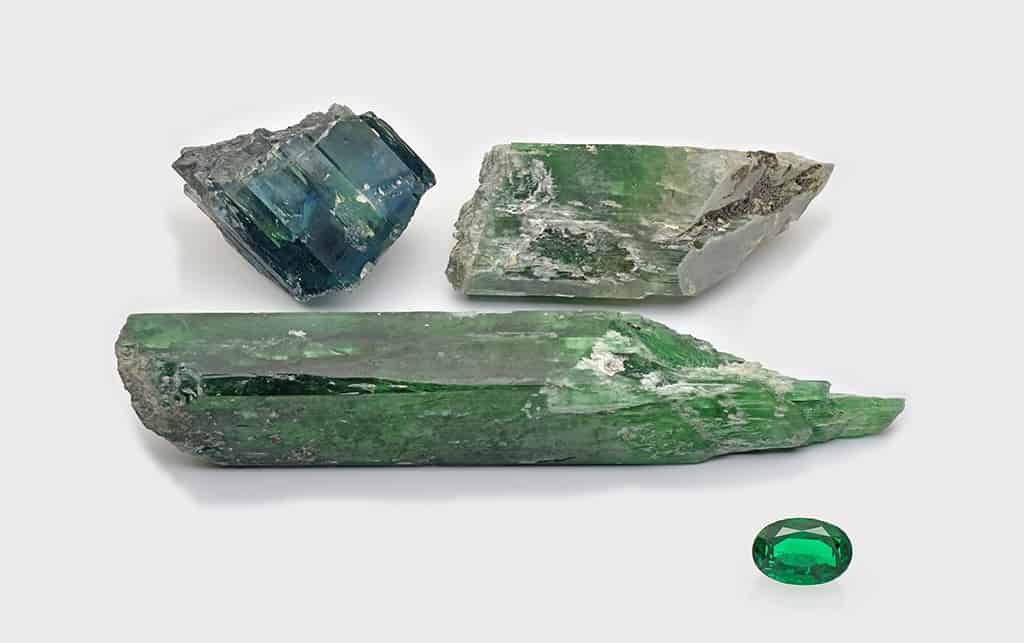
2. Lepidolite – K(Li,Al)₃(Al,Si)₃O₁₀(F,OH)₂
Lepidolite is a lithium-rich mica mineral known for its pink or purple color, often associated with pegmatites.
- Chemical composition:
- Potassium (K)
- Lithium (Li)
- Aluminum (Al)
- Silicon (Si)
- Oxygen (O)
- Fluorine (F) and Hydroxide (OH)
- Crystal system: Monoclinic
- Hardness: 2.5–4
- Use: Source of lithium, and used in ceramics and ornamental items
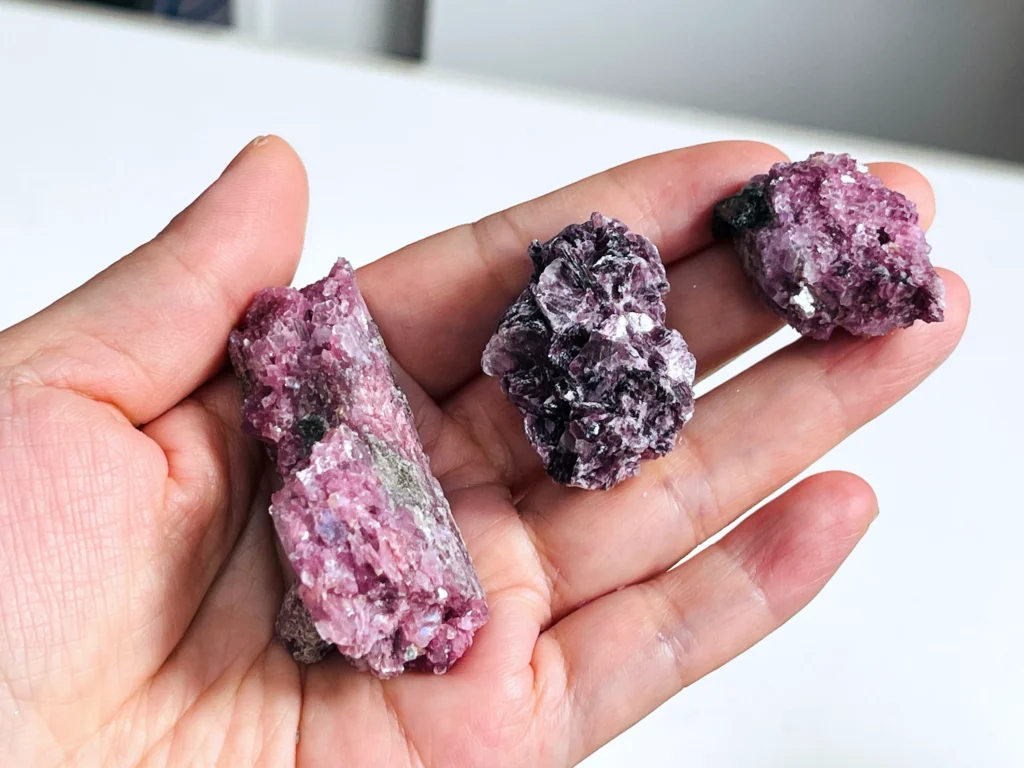
3. Petalite – LiAlSi₄O₁₀
Petalite is a feldspathoid mineral valued for its high thermal stability and lithium content.
- Chemical composition:
- Lithium (Li)
- Aluminum (Al)
- Silicon (Si)
- Oxygen (O)
- Crystal system: Monoclinic
- Hardness: 6–6.5
- Use: Used in heat-resistant glass and ceramics; secondary lithium source
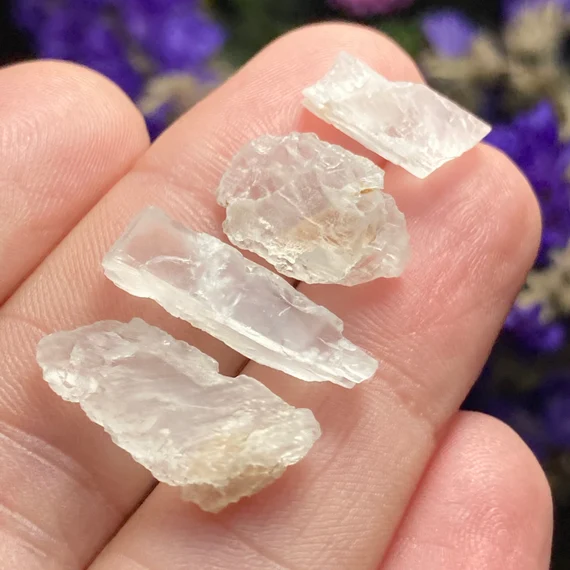
4. Amblygonite – LiAl(PO₄)(F,OH)
Amblygonite is a phosphate mineral that contains lithium and is often found in lithium-rich pegmatites.
- Chemical composition:
- Lithium (Li)
- Aluminum (Al)
- Phosphorus (P)
- Fluorine (F) and Hydroxide (OH)
- Oxygen (O)
- Crystal system: Triclinic
- Hardness: 5.5–6
- Use: Minor lithium source and ornamental stone
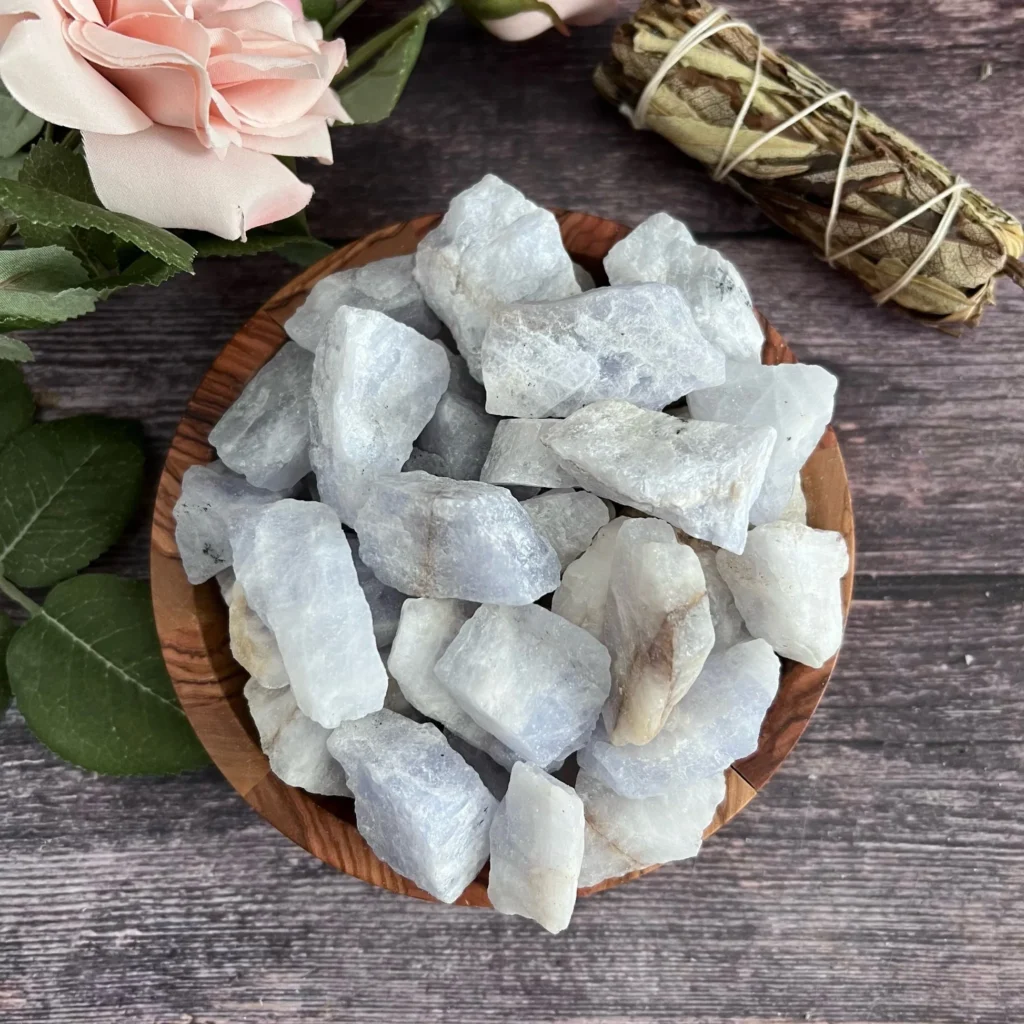
5. Zinnwaldite – KLiFeAl(Si,Al)₄O₁₀(F,OH)₂
Zinnwaldite is a rare lithium-bearing mica found in tin and tungsten deposits.
- Chemical composition:
- Potassium (K)
- Lithium (Li)
- Iron (Fe)
- Aluminum (Al)
- Silicon (Si)
- Fluorine (F) and Hydroxide (OH)
- Oxygen (O)
- Crystal system: Monoclinic
- Hardness: 2.5–3
- Use: Associated with tin mining and minor lithium resource
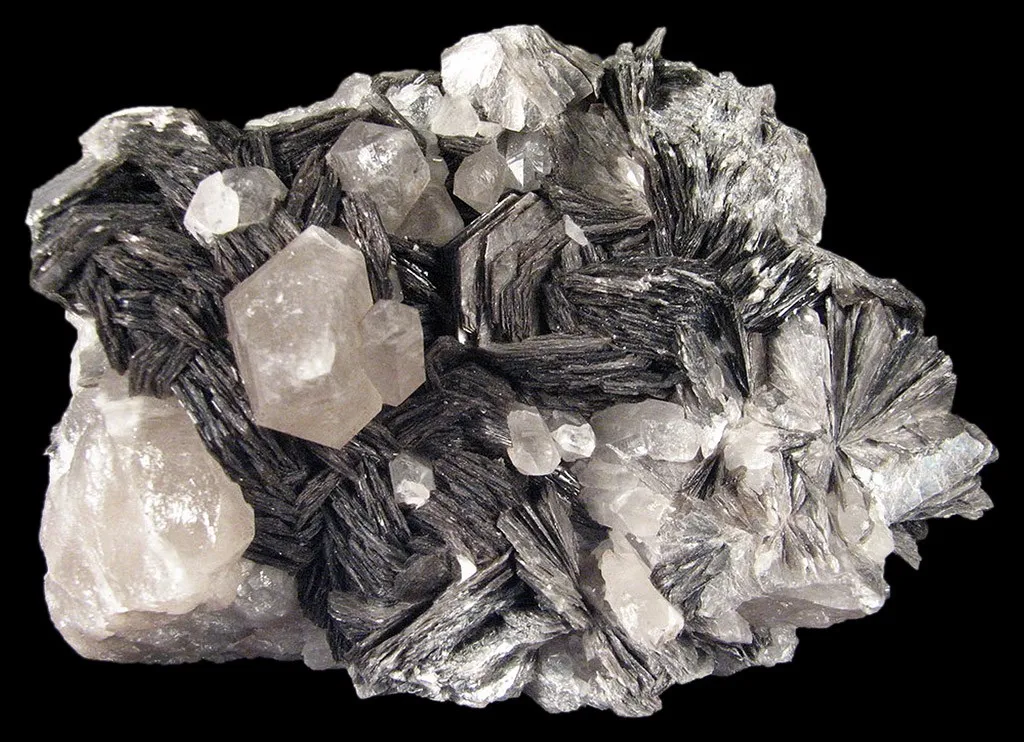
Summary Table: Lithium Mineral Composition
| Mineral | Chemical Formula | Key Elements | Crystal System | Hardness (Mohs) |
|---|---|---|---|---|
| Spodumene | LiAlSi₂O₆ | Li, Al, Si, O | Monoclinic | 6.5–7 |
| Lepidolite | K(Li,Al)₃(Al,Si)₃O₁₀(F,OH)₂ | K, Li, Al, Si, F, OH | Monoclinic | 2.5–4 |
| Petalite | LiAlSi₄O₁₀ | Li, Al, Si, O | Monoclinic | 6–6.5 |
| Amblygonite | LiAl(PO₄)(F,OH) | Li, Al, P, F, OH, O | Triclinic | 5.5–6 |
| Zinnwaldite | KLiFeAl(Si,Al)₄O₁₀(F,OH)₂ | K, Li, Fe, Al, Si, F, OH, O | Monoclinic | 2.5–3 |
FAQs
Q1: What elements are in lithium minerals?
A1: Lithium minerals typically contain lithium (Li), aluminum (Al), silicon (Si), oxygen (O), and often fluorine (F), potassium (K), or phosphorus (P) depending on the mineral.
Q2: What is the most common lithium mineral?
A2: Spodumene is the most commonly mined lithium mineral due to its high lithium content and economic viability.
Q3: How is lithium extracted from minerals?
A3: Lithium is extracted through chemical processing of minerals like spodumene or by evaporation and precipitation from lithium brines.
Conclusion
Understanding the lithium mineral composition helps clarify how lithium is stored in nature and how it can be efficiently extracted for industrial use. From spodumene to zinnwaldite, each mineral has a unique chemical makeup that influences its use in batteries, ceramics, and pharmaceuticals, making them essential to the modern clean energy economy.

